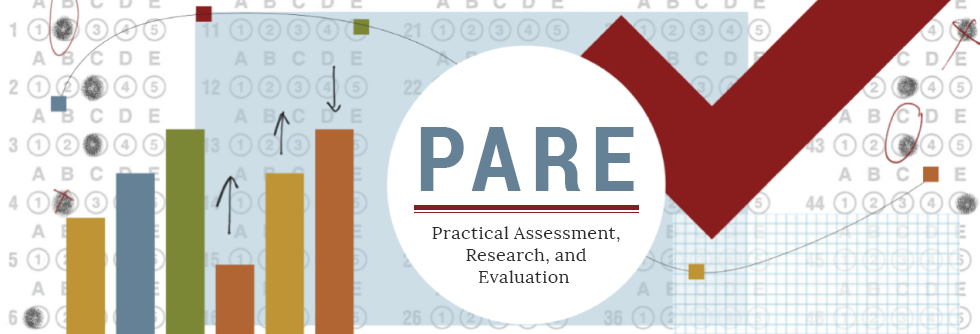Impacts of Differences in Group Abilities and Anchor Test Features on Three Non-IRT Test Equating Methods
Abstract
The overall aim was to examine effects of differences in group ability and features of the anchor test form on equating bias and the standard error of equating (SEE) using both real and simulated data. Chained kernel equating, Postratification kernel equating, and Circle-arc equating were studied. A college admissions test with four different anchor test forms administered at three test administrations was used. The simulation study examined the differences in ability of the test groups, and differences in the anchor test form with respect to item difficulty and discrimination. In the empirical study, the equated values from the three methods only slightly differed. The simulation study indicated that an easier anchor test form and/or an easier regular test form, and anchor items with a wider spread in difficulty, negatively affected the SEE and bias. The ability level of groups was also important. Equating with only less or more capable groups resulted in high SEEs at higher and lower test scores, respectively. The discussion includes practical recommendations to whom an anchor test should be given if there is a choice and how to select an anchor test form which have equating as primary purpose.
Keywords: NEAT, chained kernel equating, Postratification kernel equating, Circle-arc equating, admission test, high stakes assessment
How to Cite:
Laukaityte, I. & Wiberg, M., (2024) “Impacts of Differences in Group Abilities and Anchor Test Features on Three Non-IRT Test Equating Methods”, Practical Assessment, Research, and Evaluation 29(1): 5. doi: https://doi.org/10.7275/pare.2020
Downloads:
Download PDF
View PDF
